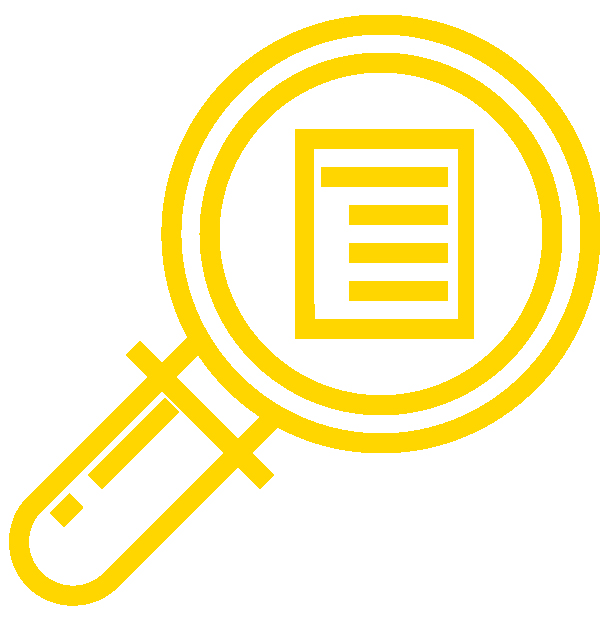1.2: Learning Outcomes
- Page ID
- 35647
\( \newcommand{\vecs}[1]{\overset { \scriptstyle \rightharpoonup} {\mathbf{#1}} } \) \( \newcommand{\vecd}[1]{\overset{-\!-\!\rightharpoonup}{\vphantom{a}\smash {#1}}} \)\(\newcommand{\id}{\mathrm{id}}\) \( \newcommand{\Span}{\mathrm{span}}\) \( \newcommand{\kernel}{\mathrm{null}\,}\) \( \newcommand{\range}{\mathrm{range}\,}\) \( \newcommand{\RealPart}{\mathrm{Re}}\) \( \newcommand{\ImaginaryPart}{\mathrm{Im}}\) \( \newcommand{\Argument}{\mathrm{Arg}}\) \( \newcommand{\norm}[1]{\| #1 \|}\) \( \newcommand{\inner}[2]{\langle #1, #2 \rangle}\) \( \newcommand{\Span}{\mathrm{span}}\) \(\newcommand{\id}{\mathrm{id}}\) \( \newcommand{\Span}{\mathrm{span}}\) \( \newcommand{\kernel}{\mathrm{null}\,}\) \( \newcommand{\range}{\mathrm{range}\,}\) \( \newcommand{\RealPart}{\mathrm{Re}}\) \( \newcommand{\ImaginaryPart}{\mathrm{Im}}\) \( \newcommand{\Argument}{\mathrm{Arg}}\) \( \newcommand{\norm}[1]{\| #1 \|}\) \( \newcommand{\inner}[2]{\langle #1, #2 \rangle}\) \( \newcommand{\Span}{\mathrm{span}}\)\(\newcommand{\AA}{\unicode[.8,0]{x212B}}\)

The content, assignments, and assessments for Biology for Non-Majors I are aligned to the following learning outcomes. A full list of course learning outcomes can be viewed here: Biology for Non-Majors I Learning Outcomes.
Module 1: Introduction to Biology
Define biology and apply its principles
- List the defining characteristics of biological life
- Describe classification and organizational tools biologists use, including modern taxonomy
- Identify the main branches of biology
- Describe biology as a science and identify the key components of scientific inquiry
Module 2: Chemistry of Life
Identify the principles of chemistry that are integral to biology
- Define atoms and elements
- Classify different types of atomic bonds
- Demonstrate familiarity with the pH scale
Module 3: Important Biological Macromolecules
Identify and describe the main features of the four main classes of important biological macromolecules
- Discuss why it is said that life is carbon-based and the bonding properties of carbon
- Summarize the roles carbohydrates play in biological systems
- Illustrate different types of lipids and relate their structure to their role in biological systems
- Describe the structure and function of proteins
- Discuss nucleic acids and the role they play in DNA and RNA
- Discuss macromolecules and the differences between the four classes
Module 4: Cellular Structure
Identify and explain a variety of cellular components
- State the basic principles of the unified cell theory
- Compare prokaryotes and eukaryotes
- Identify membrane-bound organelles found in eukaryotic cells
Module 5: Cell Membranes
Describe and explain the structure and function of membranes
- Describe the structure and function of membranes, especially the phospholipid bilayer
- Explain how substances are directly transported across a membrane
- Describe the primary mechanisms by which cells import and export macromolecules
Module 6: Metabolic Pathways
Explain the metabolic pathways involved in the capture and release of energy in cells
- Discuss energy and metabolism in living things
- Describe how cells store and transfer free energy using ATP
- Identify the reactants and products of cellular respiration and where these reactions occur in a cell
- Illustrate the basic components and steps of fermentation
- Identify the basic components and steps of photosynthesis
- Discuss the connections between metabolic pathways
Module 7: Cell Division
Describe and explain the various stages of cell division
- Understand chromosome structure and organization in eukaryotic cells
- Identify the stages of the cell cycle, by picture and by description of major milestones
- Identify and explain the important checkpoints that a cell passes through during the cell cycle
- Understand how sexual reproduction leads to different sexual life cycles
- Identify the stages of meiosis by picture and by description of major milestones; explain why meiosis involves two rounds of nuclear division
- Describe and explain a range of mechanisms for generating genetic diversity
- Examine karyotypes and identify the effects of significant changes in chromosome number
Module 8: DNA Structure and Replication
Relate DNA structure to the process of DNA replication
- Explain how DNA stores genetic information
- Explain the role of complementary base pairing in the precise replication process of DNA
- Identify different viruses and how they replicate
Module 9: DNA Transcription and Translation
Describe the conversion of DNA to RNA to proteins
- Outline the process of transcription
- Summarize the process of translation
- Identify the central dogma of life
- Recognize the impact of DNA mutations
Module 10: Gene Expression
Explain the regulation of gene expression
- Define the term regulation as it applies to genes
- Understand the basic steps in gene regulation in prokaryotic cells
- Discuss different components and types of epigenetic gene regulation
Module 11: Trait Inheritance
Complete monohybrid and dihybrid crosses and family pedigrees, and explain the inheritance of various traits
- Identify the impact of Gregor Mendel on the field of genetics and apply Mendel’s two laws of genetics
- Explain complications to the phenotypic expression of genotype, including mutations
- Explain the conventions of a family pedigree and predict whether a disease will be passed through a family in one of three modes
- Discuss the role environment plays on phenotypes
Module 12: Theory of Evolution
Explain the theory of evolution, which documents the change in the genetic makeup of a biological population over time
- Describe the work of Charles Darwin in the Galapagos Islands, especially his discovery of natural selection in finch populations
- Describe how the theory of evolution by natural selection is supported by evidence
- Recognize that mutations are the basis of microevolution; and that adaptations enhance the survival and reproduction of individuals in a population
- Read and analyze a phylogenetic tree that documents evolutionary relationships
Module 13: Modern Biology
Describe and discuss techniques used in modern biology
- List key technologies enabling modern uses of biology
- Identify societal uses of biotechnology
- Discuss the risks and benefits involved in applications of genetic and genomic science
Contributors and Attributions
CC licensed content, Original
- Learning Outcomes. Provided by: Lumen Learning. License: CC BY: Attribution
CC licensed content, Shared previously
- Magnify. Authored by: Eucalyp. Provided by: Noun Project. Located at: thenounproject.com/term/magnify/1276779/. License: CC BY: Attribution

